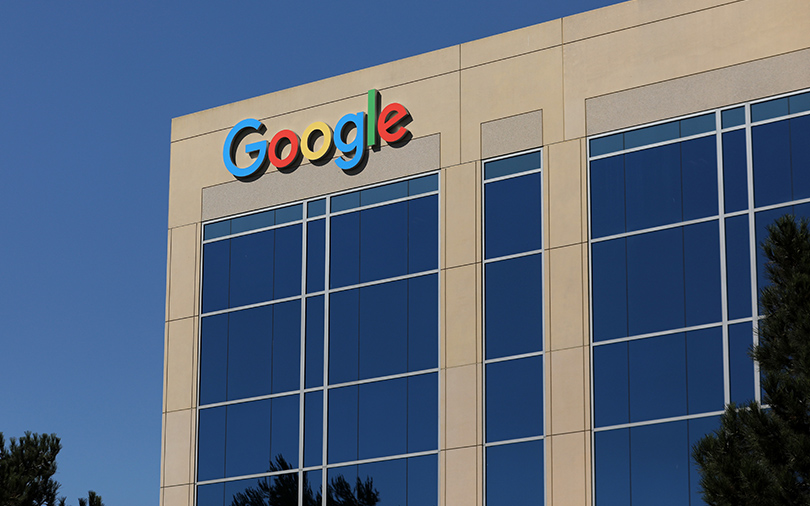
Google unveils 3D model viewer for web browsers in augmented reality push


Internet giant Google has unveiled a 3D model viewer, Article, that will help users see a three-dimensional model of elements to be incorporated into augmented reality (AR) experiences for smartphones and tablets.
Google said the prototype works on all browsers and allows users to see and interact with digital content either superimposed on or blended with real-world images.
“We’ve been exploring how to bring augmented reality to the web platform, so someday anyone with a browser can access this new technology [augmented reality],” Google’s Reza Ali, UX engineer of Daydream WebXR Team and Josh Carpenter, UX Lead of Daydream WebXR Team, wrote in a blog post.

On desktop, users can see a 3D model by dragging to rotate, or scrolling to zoom. On mobile, the experience is similar as users can touch and drag to rotate the model, or drag with two fingers to zoom in.
To help convey that the model is 3D and interactive and not just a static image, the model rotates slightly in response to the user scrolling, the blog said.
“The unique power of AR is to blend digital content with the real world. So we can, for example, surf the web, find a model, place it in our room to see just how large it truly is, and physically walk around it,” the post said.

The Google engineers also said that when Article is loaded on an AR-capable device and browser, an AR button appears on the bottom right. Tapping on it activates the device camera, and renders a reticle – a grid of sorts – on the ground in front of the user.
“When the user taps the screen, the model sprouts from the reticle, fixed to the ground and rendered at its physical size.,” the designers said. “Subtle features such as shadows and even lighting help to blend the model with its surroundings.”
They also said that small touches make it easy to learn how to use AR.

“User testing has taught us that clear interface cues are key to helping users learn how AR works. For example, while the user waits momentarily for the system to identify a surface that the model can be placed upon, a circle appears on the floor, tilting with the movement of the device. This helps introduce the concept of an AR interface, with digital objects that intersect with the physical environment (also known as diagetic UI),” the post continued.
Google’s announcement is another indication that tech companies are gradually shifting focus from virtual reality to AR to capitalise on its interactive potential.
In August last year, Google introduced ARCore – an augmented reality platform for developers. It brought that system to its new Pixel devices in the form of augmented reality stickers that appear inside photos and videos taken via Google’s camera app.

In addition, both Facebook and Apple announced augmented reality platforms last year.
